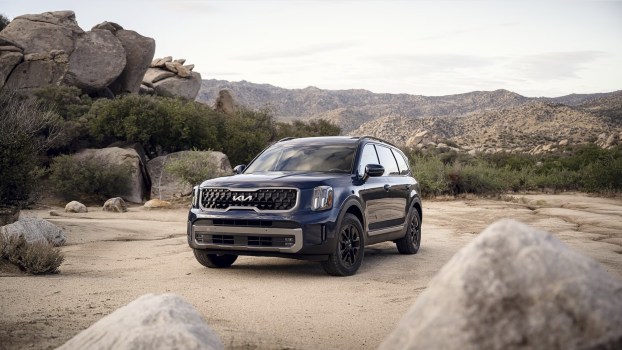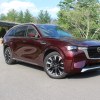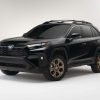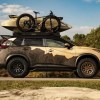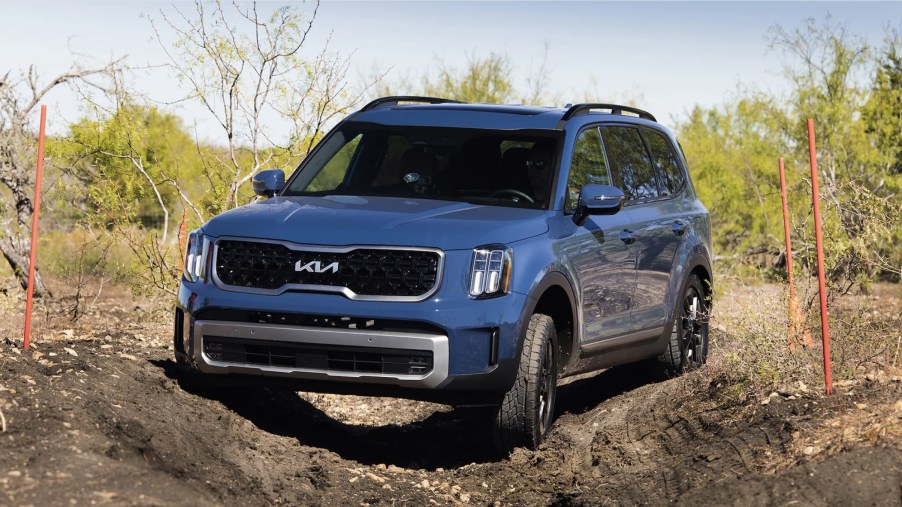
Recall Alert: 427,407 Kia Telluride SUVs Could Roll Away
Don’t let your SUV roll away! Putting the Kia Telluride in park might not be enough to stop it. Nearly half a million Kia Telluride models are at risk of unintentional movement due to improper driveshaft assembly.
Kia Telluride recall due to rollaway risks
Your Kia Telluride might have to visit a local dealership for service because a massive issue involves a roll-away risk, even if the SUV is placed in park. This recall includes 2020 – 2024 models, meaning it could involve every single model on the road.
According to the National Highway Traffic Safety Administration (NHTSA), the intermediate shaft and right front driveshaft were improperly assembled by the supplier and fail to engage properly.
As the vehicle is placed in park, the splines on the intermediate shaft could become damaged. As a result, the vehicle may move while in park if the parking brake isn’t engaged. This may increase the risk of accidents and injuries.
Kia is unaware of any accidents or injuries related to this issue. Also, Kia advises drivers to use the emergency parking brake when the vehicle isn’t in use until the recall fix has been completed.
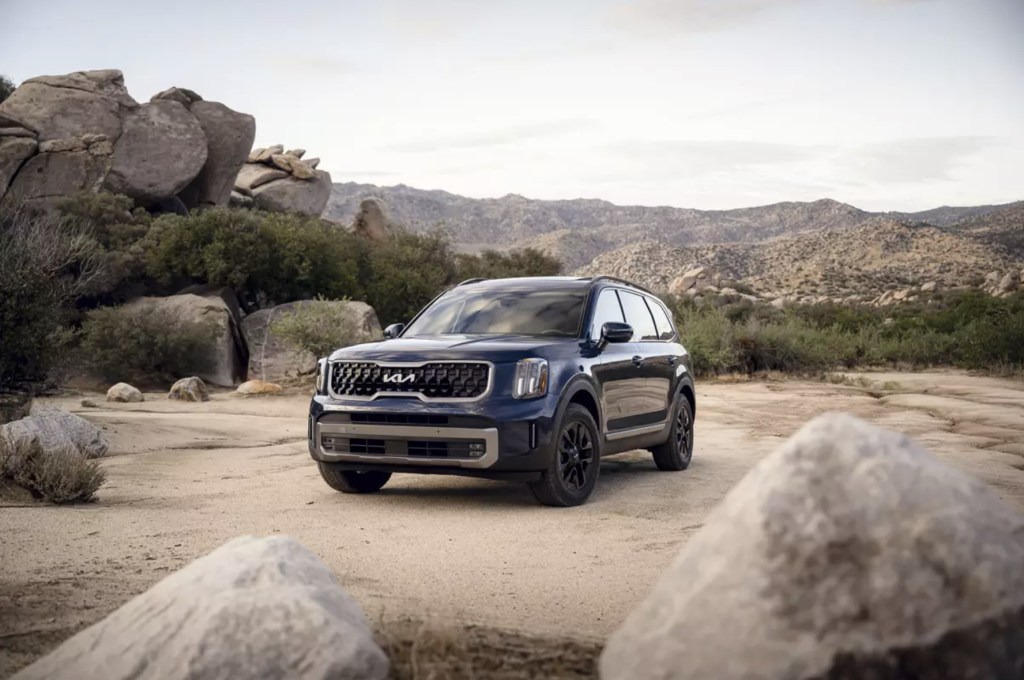
Drivers may notice that their splines have been damaged if they hear a grinding noise or experience reduced motive power.
Kia will begin notifying owners at risk via mail on May 15. You can call Kia customer service at 800-333-4542 with any questions you may have. Kia’s number for this recall is SC303.
You can also call the NHSTA at 888-327-4236 or enter your 17-digit V.I.N. online to see if your vehicle is at risk.
If your Telluride is involved you will need to visit a local dealership for service. You don’t have to visit the same dealership where you purchased your vehicle.
Technicians will inspect the intermediate driveshaft and replace the components if necessary. They will also provide an electronic parking brake software update for free.
Some 2024 Telluride models aren’t involved because, in October 2023, the supplier started using an additional computer vision to ensure the driveshaft assembly was properly engaged.
